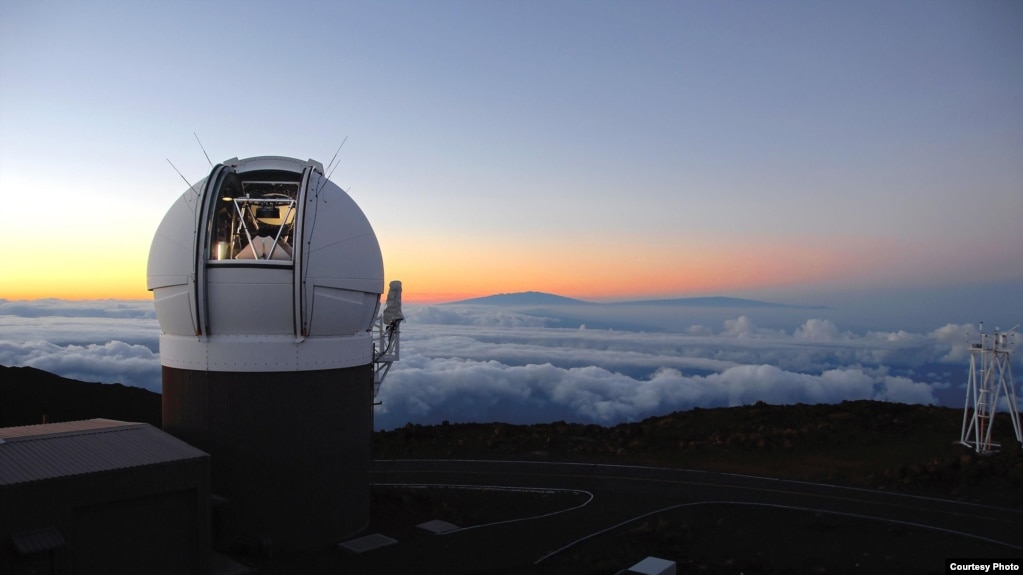News | Small Asteroid or Comet 'Visits' from Beyond the Solar System
Object A/2017 U1, which is probably a 400m asteroid, is on a wildly hyperbolic orbit. That is, after curving around the sun, it's going to shoot totally out of the solar system and never come back again, after shooting into it from somewhere beyond the solar system.
It's the first such object spotted. Occasionally comets have a barely hyperbolic orbit, after getting gravitationally nudged out of the Oort cloud, but A/2017 U1 is not a comet (it didn't start melting when it got near the sun), and it has wildly hyperbolic orbit (eccentricity = 1.19, the highest ever measured for an object in the solar system.)
Object A/2017 U1, which is probably a 400m asteroid, is on a wildly hyperbolic orbit. That is, after curving around the sun, it's going to shoot totally out of the solar system and never come back again, after shooting into it from somewhere beyond the solar system.
It's the first such object spotted. Occasionally comets have a barely hyperbolic orbit, after getting gravitationally nudged out of the Oort cloud, but A/2017 U1 is not a comet (it didn't start melting when it got near the sun), and it has wildly hyperbolic orbit (eccentricity = 1.19, the highest ever measured for an object in the solar system.)



